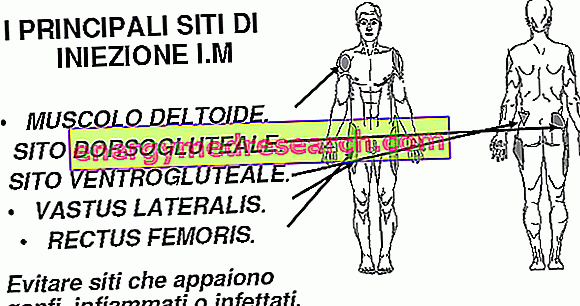Vena Porta: What is it?
The portal vein is a large venous trunk that collects blood from the spleen and the subdiaphragmatic portion of the digestive tract to convey it to the liver.
The portal vein originates from the confluence of two main vessels: the superior mesenteric vein and the splenic vein. The latter drains the blood from the spleen and, to a lesser extent, that from the stomach, duodenum and pancreas. The vessels of the small intestine, the right half of the large intestine, the head of the pancreas and the stomach converge in the superior mesenteric vein.
A third root of the portal vein, the inferior mesenteric vein, collects the blood coming from the left colon and from the rectum. This vein generally flows into the terminal tract of the splenic vein; at other times it joins directly to the portal vein in the section where the other two main branches converge or in the terminal portion of the superior mesenteric vein.
Other minor vessels coming from the stomach and gall bladder also flow into the portal vein.

Taken together, these vessels participate in the hepatic portal system (a portal system is, by definition, a venous device that collects the wastewater from one or more organs and takes it to another organ from which it is brought into the general circle).
The lumen of the portal vein has an internal diameter of about one centimeter (8-12 mm) and is crossed by a liter of blood per minute, a quantity that corresponds to about 70-80% of the blood supply to the liver. The remaining 20-30% is covered by the hepatic artery, which carries oxygenated blood taken directly from the aorta; that coming from the digestive organs, although still containing a fair percentage of oxygen, is instead particularly rich in nutrients and other substances absorbed in the intestine.
Once the hepatic hilum has been reached (fissure - insertion point - from which the blood vessels and nerves directed to the organ enter and exit), the portal vein divides almost to T in the two main intrahepatic branches, right to left. These branches in turn are repeatedly broken down to embrace every single liver lobule. Also the hepatic artery shares with the vein carries the entry point and the dense branching inside the organ; thus two distinctly distinct vascular districts are formed, one on the right and one on the left. The blood coming from the superior mesenteric vein, rich in the products of digestion, runs mainly through the right branch, while that coming from the splenic vein is mainly directed to the left. In fact, in the short journey of the portal vein, the blood flows coming from the two main efferent branches (mesenteric and splenic) manage to mix only partially.
The blood that irrigates the hepatocytes is then collected by the terminal hepatic venules of the hepatic vein and is conveyed into the inferior vena cava and from here to the heart.
Portal hypertension
To learn more: Portal hypertension - Causes and Symptoms
Portal hypertension is often caused by liver cirrhosis and alcoholic hepatitis; in this case the structural alterations of the liver hinder the blood flow inside it, increasing the blood pressure in the portal vein. Also the presence of an obstruction inside the same (portal vein thrombosis) determines the same result, exactly as when the obstacle is downstream and prevents a normal outflow of blood from the liver to the general circulation (for example for thrombosis of hepatic veins or congestive heart failure).
In the presence of portal hypertension, the body tries to compensate for the blockage of the circulation by developing or strengthening collateral circles; if the obstruction is inherent in the liver, as a result, part of the toxic substances usually inactivated by the organ (both endogenous and exogenous, such as oral drugs) "skip" the hepatic passage and find themselves unchanged in the circulation. Moreover, there are phenomena of suffering of the vessels in which a greater flow of blood is conveyed due to the obstruction, with the appearance of lesions to the esophageal varices and hemorrhoids, pathological aspect of the umbilical veins (caput medusae) and enlargement of the spleen. In the presence of portal hypertension, ascites (accumulation of fluid in the peritoneum) is also common; there may also be an abnormal enlargement of the spleen (splenomegaly) and of the phenomena of suffering in the brain (hepatic encephalopathy) and renal (hepatorenal syndrome).



